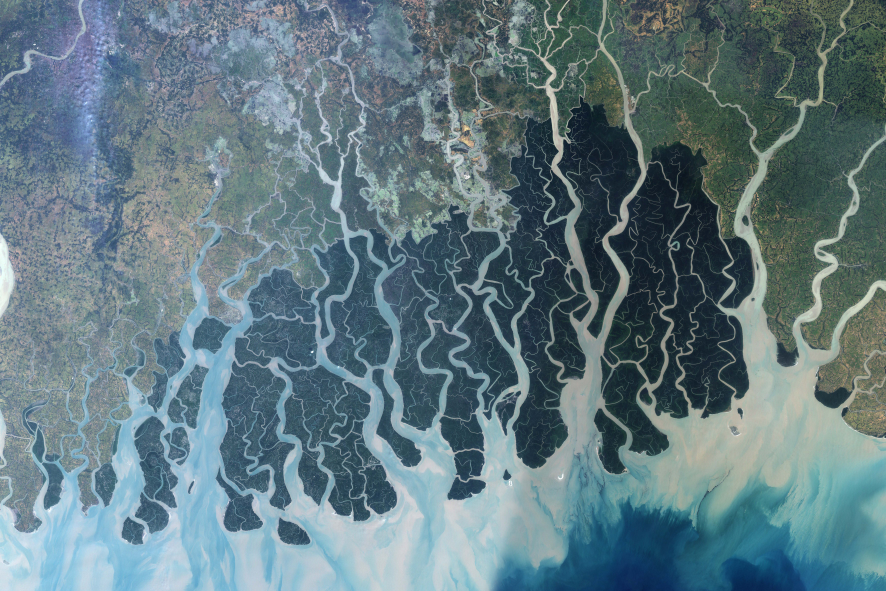
As part of RAN’s work to call on banks to commit to the Paris Pledge and end financing for coal and coal-fired power prior to the Paris climate summit this year, we’ll be highlighting case studies of destructive coal projects around the world. This case study, authored by Greig Aitken from BankTrack highlights the Rampal coal plant planned for Bangladesh, which would have devastating impacts on communities, a World Heritage-listed mangrove forest, and the climate. Just last month, three of France’s largest banks (BNP Paribas, Crédit Agricole, and Société Génerale) committed to refrain from financing the project.
Bangladesh is extremely vulnerable to climate change. When powerful storm surges hit this low lying country, the world’s largest mangrove forest, the Sundarbans, provides a natural barrier which protects hundreds of thousands of lives. But this could change if a joint venture between India’s National Thermal Power Company (NTPC) and the state-owned Bangladesh Power Development Board (BPDB) moves forward with Rampal, a proposed 1,320 megawatt coal power plant. Construction of the Rampal plant’s associated infrastructure has already been built, jeopardizing the livelihoods of 500,000 inhabitants. Displacement of local residents has taken place in highly irregular circumstances, leading to allegations of human rights violations, including forcible displacement of local communities. Displacement has also disproportionately impacted the Hindu minority community in the region. Bangladeshis from all walks of life have banded together to oppose the project, culminating in 20,000 joining a five-day, 400 kilometer “Long March” from the capital city Dhaka to Rampal to protest the plant. This action and the human rights violations already taking place are the subject of a 2014 documentary film, Long Live Sundarban.
The Sundarbans received UNESCO World Heritage site status in 1997. According to independent environmental assessments, the project would have a range of disastrous and irreversible impacts on the richly biodiverse Sundarbans. In June 2014, UNESCO published a State of Conservation report on Sundarbans, expressing concern about the Rampal project. While there has been no formal acknowledgement to date of international investor interest in the project, it is estimated that the joint Bangladeshi-Indian venture may be seeking up to $1.2 billion in additional financing for the project. However, the project has become so controversial that Norway’s pension fund withdrew investments from all of NTPC in March 2015 after the country’s Council of Ethics recommended excluding Rampal from the fund’s portfolio.